Description
The Keeley Blue Disorder 4-in-1 Blues Breaker and OCD Style Overdrive and Distortion Pedal is currently retailing at £199.99 and it is in stock. Available to be delivered to you by post direct (some charge may apply).The team at Just Pedals think that Keeley Electronics nailed it with the Keeley Blue Disorder 4-in-1 Blues Breaker and OCD Style Overdrive and Distortion Pedal. Keeley Blue Disorder 4-in-1 Blues Breaker and OCD Style Overdrive and Distortion Pedal
We have new and used Keeley Electronics musical equipment available on our website for fast direct delivery from sellers across the UK & Europe.
Keeley Electronics is a well-respected American brand, renowned for its high-quality effects pedals, which blend cutting-edge technology with a deep understanding of tone. Founded by Robert Keeley in 2001, the company quickly gained a reputation for crafting pedals that offer exceptional clarity, versatility, and innovative features. Keeley’s products, such as the Katana Blues Driver, Caverns Delay/Reverb, and the Super Phat Mod, are known for their dynamic responsiveness and distinctive sound. Favoured by musicians across genres, Keeley pedals are designed to inspire creativity and are trusted for their reliability and tonal excellence.
Distortion is a type of guitar effect that alters the sound by adding sustain, harmonic richness, and a gritty or aggressive character. It clips the audio signal, creating a more saturated and powerful tone. Distortion is commonly used in rock, metal, and punk music, offering everything from warm, crunchy overdrive to heavily saturated, high-gain chaos. Unlike overdrive, which mimics the natural breakup of a tube amp, distortion produces a more intense, compressed, and processed sound. Popular distortion pedals include the Boss DS-1, ProCo Rat, and MXR Distortion+.
Just Pedals is a new Guitar Effect Pedals Marketplace – We feature new and used Guitar Effect pedals from different sellers, to purchase online from the UK.
We checked and good news we have it in stock, it has your name on it.
Order today and we will have it with you in a jiffy !
Just the latest videos
Just related products
20% Off £34.99 £27.99
🎸[2 overdrive modes] Warm: The classic TS overdrive sound replica. Hot: More powerful, a louder, tightened sound. 🎸[Style-type] Combining iconic vintage tube overdrive sound with wide dynamic range, Donner overdrive pedal gives you a wide tonal range…
read more
31% Off £57.99 £39.99
Wide range frequency response blues style overdrive sound, also sounds good on bass 2 Working Modes: Bright/Fat Full metal shell Very small and exquisite True bypass
£26.99
100% Analog Blues Overdrive with Great Dynamics and Wide Tone Range Classic Tube Screamer & Dumble Style Sound give you a Real Touch Feeling of High Grade Tube Amplifier Dual Mode Tone Shaping combines 2 of the Most Iconic Tones in the OD Territory T…
read more
£35.75
True Bypass: Provides a transparent tone, ensuring your guitar’s natural sound is preserved when the pedal is off. Vintage Vacuum Tube Amplifier: Delivers a distinct tone with remarkable dynamic expression and rich detail. Dual Modes: Offers Fat for …
read more
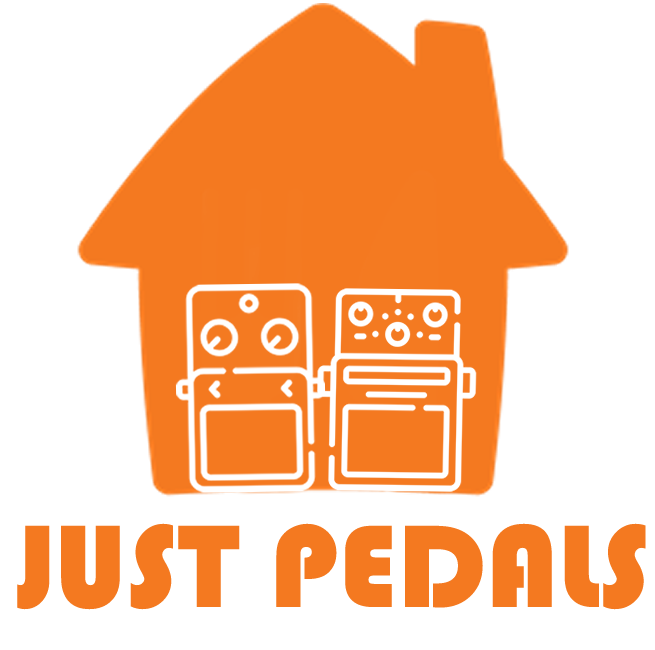
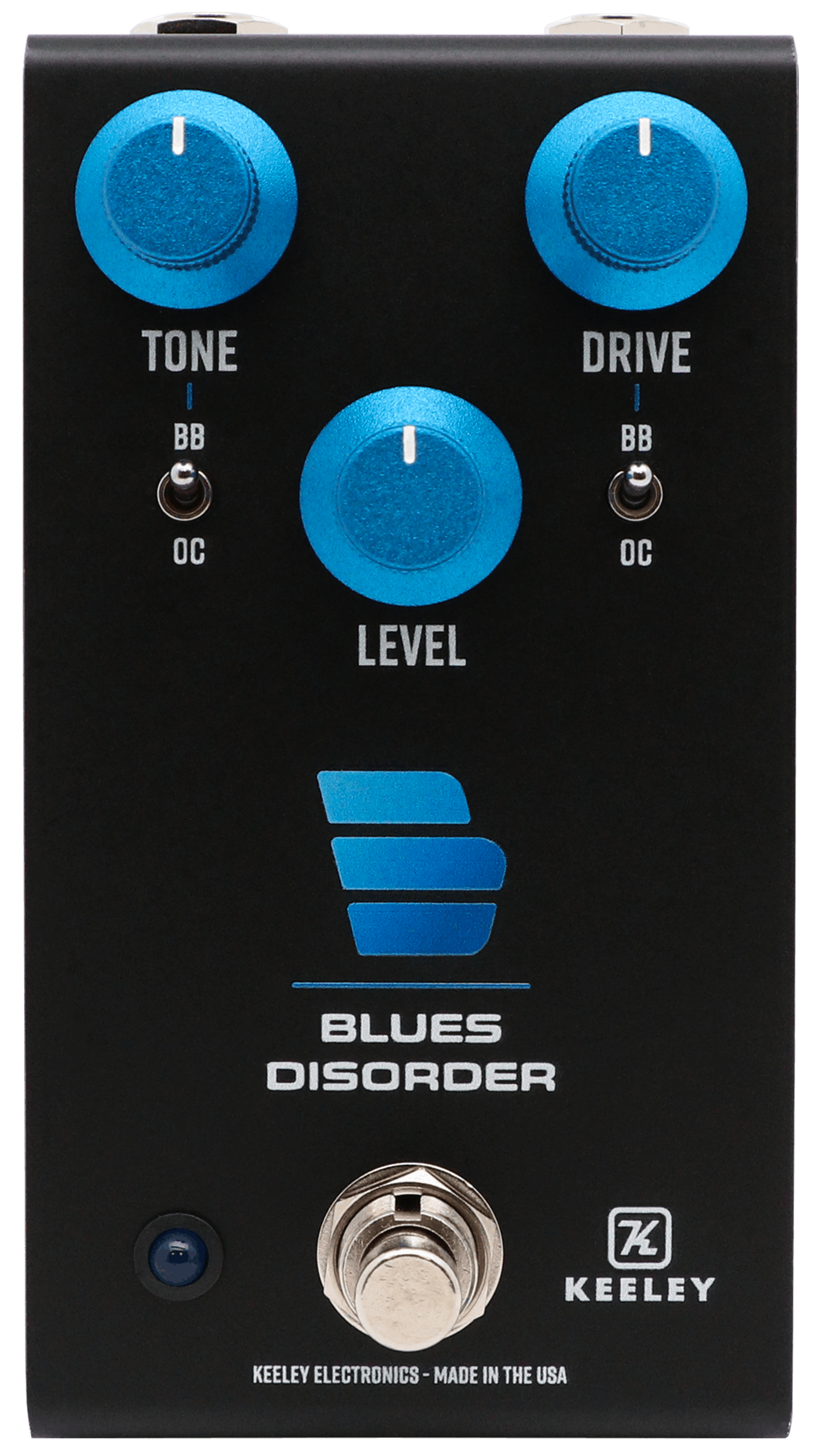
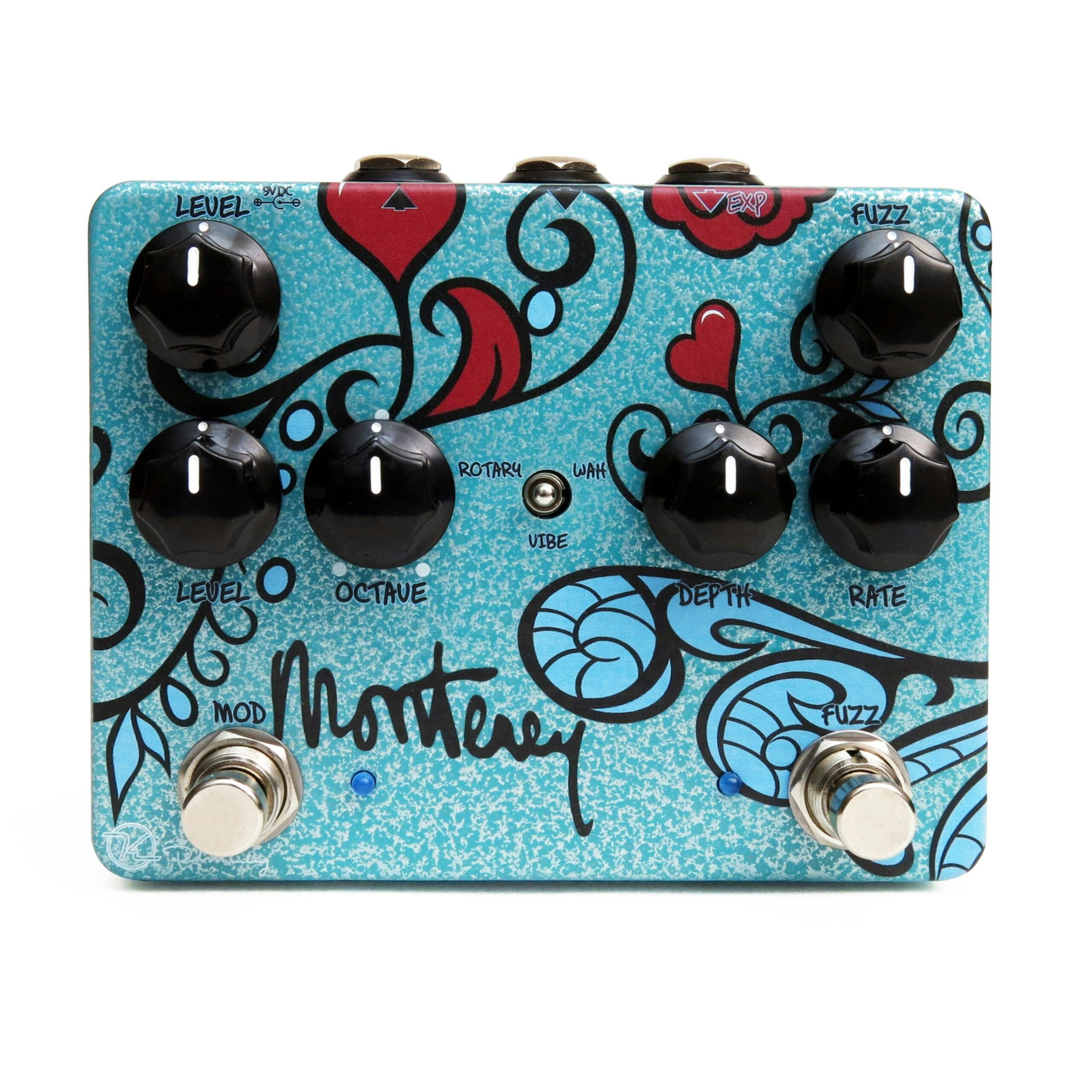
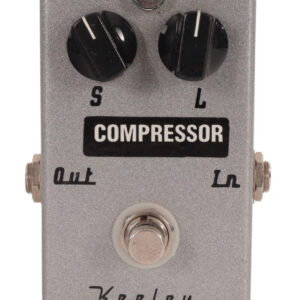
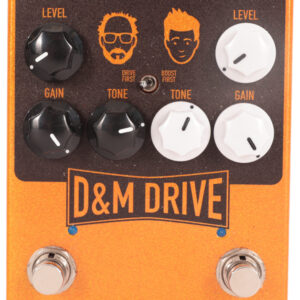
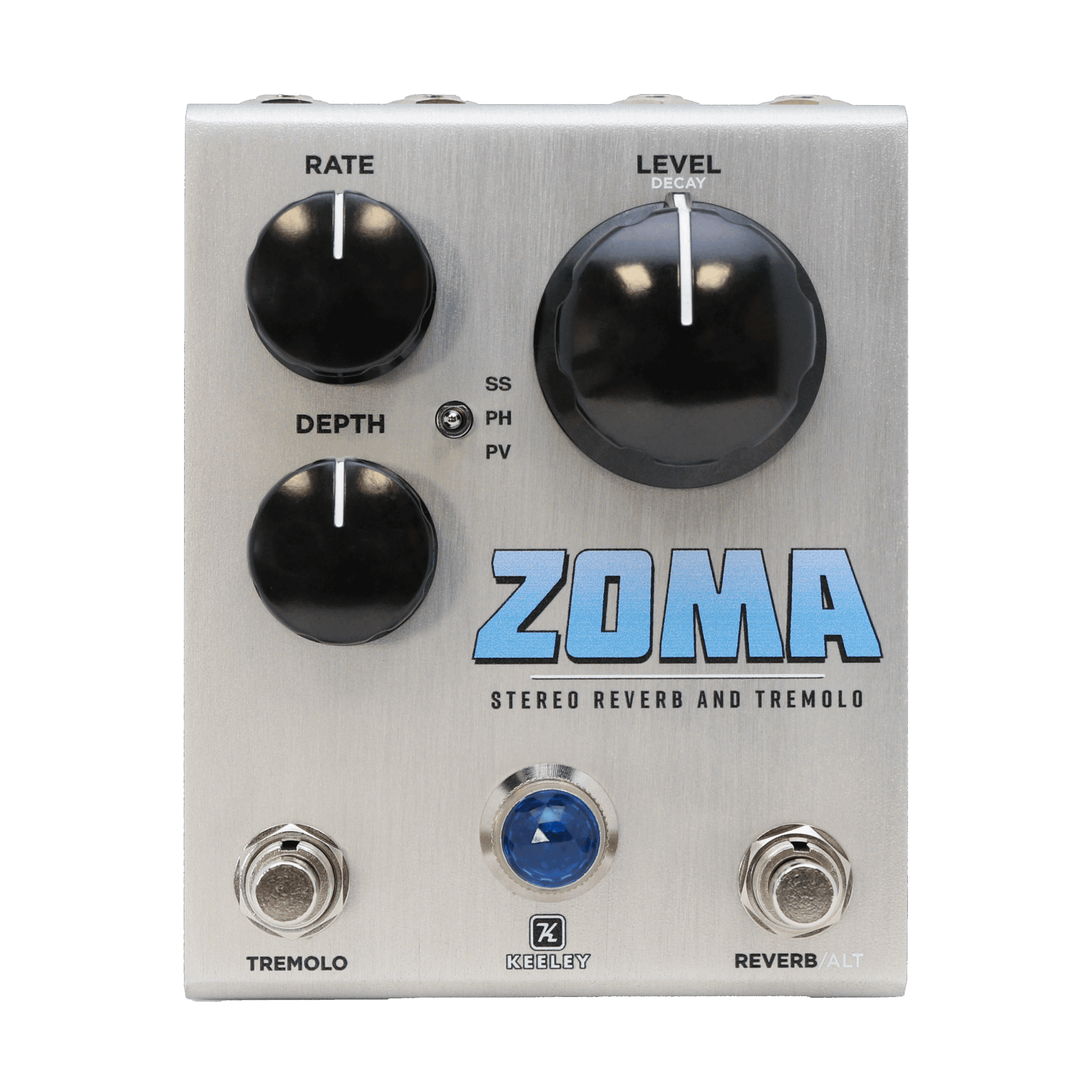
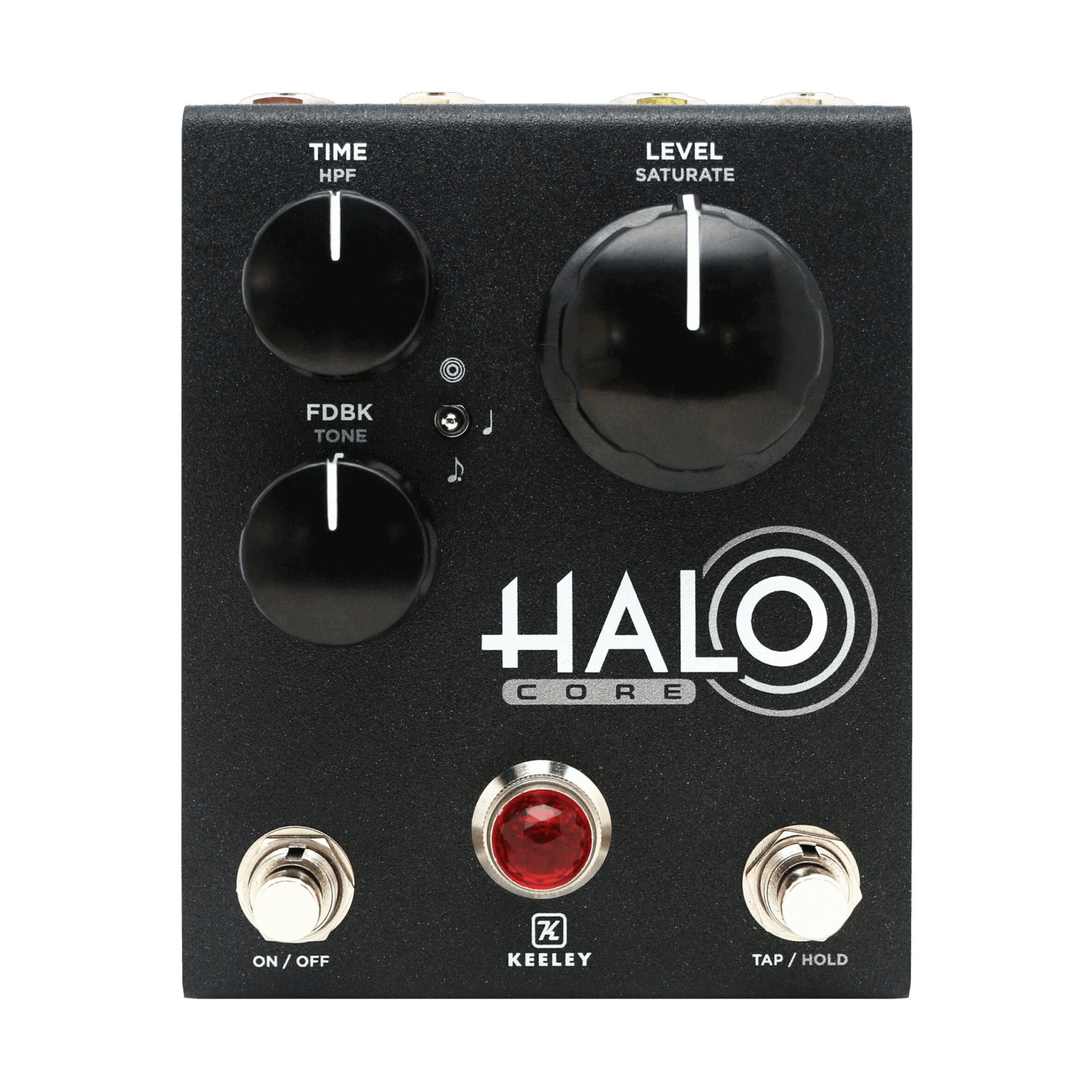
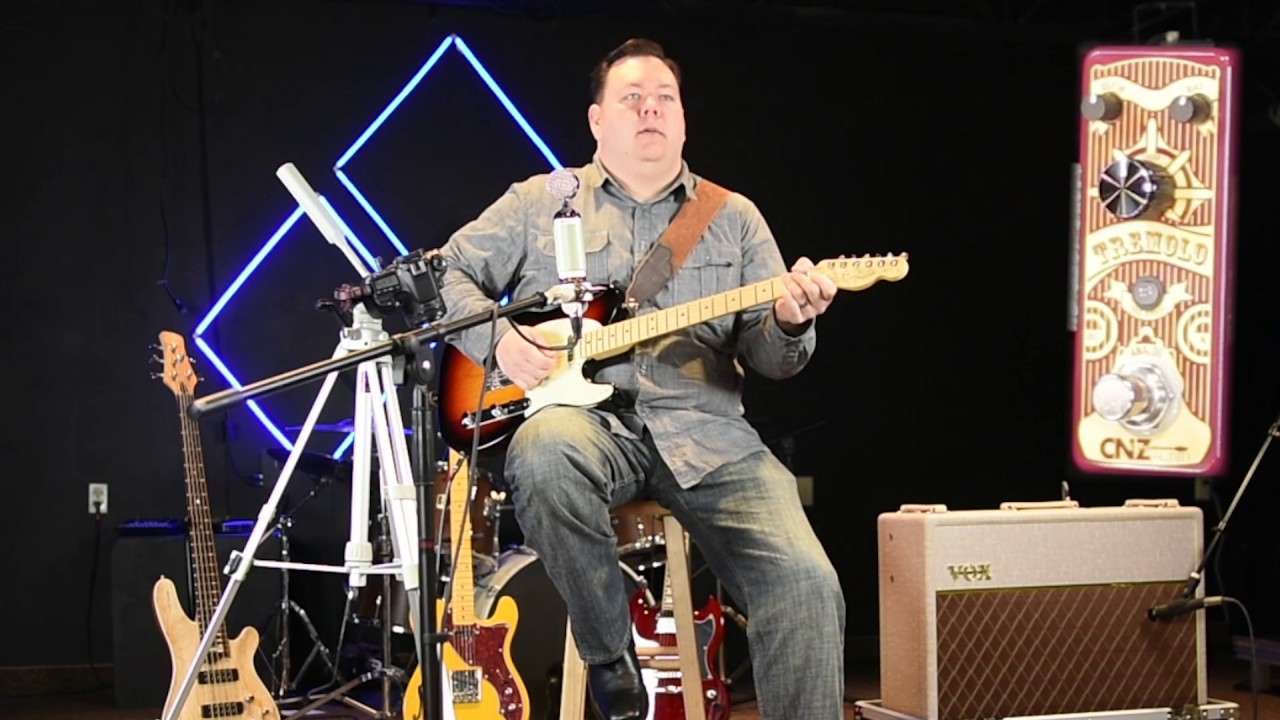
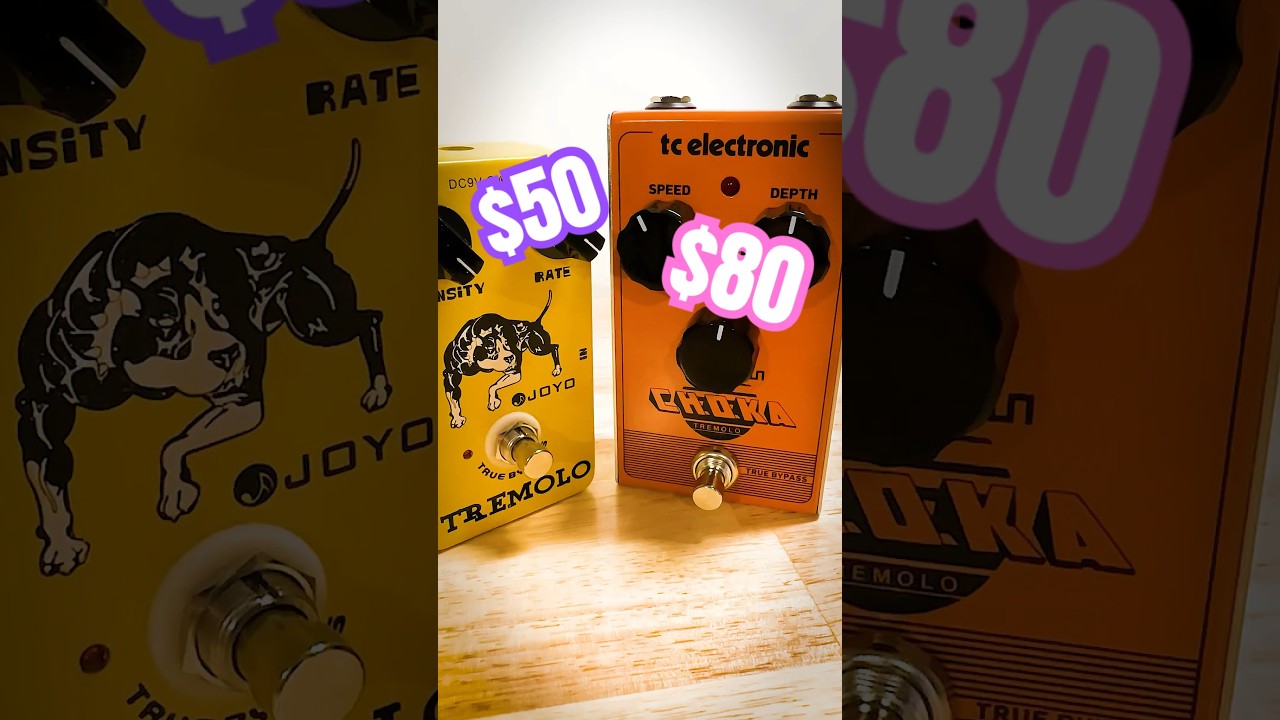


![🎸[2 overdrive modes] Warm: The classic TS overdrive sound replica. Hot: More powerful, a louder, tightened sound. 🎸[Style-type] Combining iconic vintage tube overdrive sound with wide dynamic range, Donner overdrive pedal gives you a wide tonal range...](https://m.media-amazon.com/images/I/41D+0SY95yL._SL160_.jpg)

















